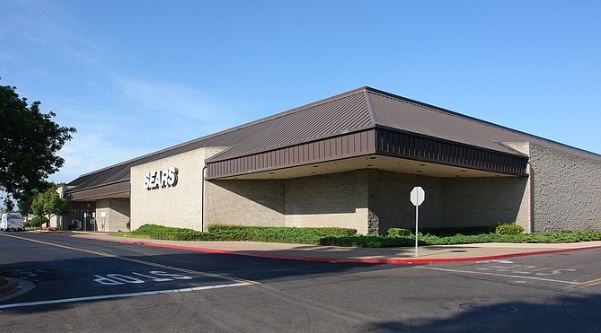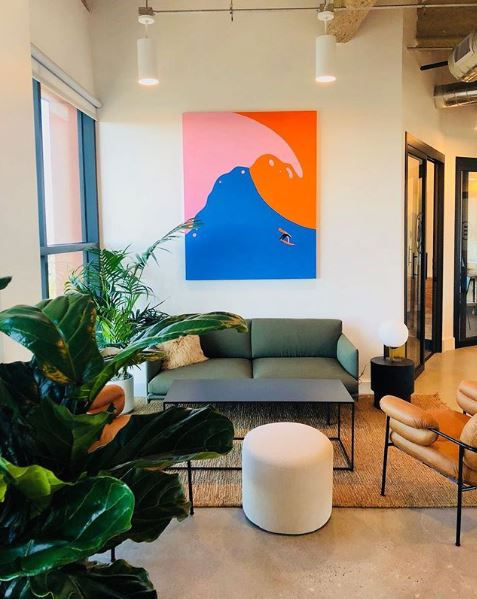Retail Giants Are Dying and Halloween Pop-Ups are Thriving
- Nai San Diego
- Oct 28, 2019
- 3 min read
All over the country large retailers are closing their doors leaving large spaces vacant in communities everywhere. Estimates from The CoStar Group showed that retailers closed 102 million square feet of store space in 2017 and then a staggering increase of another 155 million spare feet closed in 2018. The rise in closures can be caused by factors such as a failure to adapt, bad real estate, debt burdens, and much more. Certain retail brands have had to close more locations than others. Walgreen's is planning to close 200 stores and Sears has closed 124 stores with plans to close more in the coming year. On the other hand, Bed Bath & Beyond has closed 60 stores this year but plans to open 15 more in strategic locations while Lowe’s is closing 20 stores this year. The increase in empty storefronts can be attributed to the decline in sales of the nations’ once largest companies that are consequently leaving a hole in shopping centers and malls across the nation.

It may be harder to fill these larger spaces there has been an unexpected solution for these vacant spaces in the form of holiday pop-up shops. Stores like Spirit Halloween are filling these spaces from late September to early November to fulfill the almost $9 billion dollar Halloween industry. These pop-up stores capture about 35% of the annual Halloween market, according to the National Retail Federation. This year Spirit Halloween will be operating 1,325 stores while Party City staffs it’s 250 locations with thousands of seasonal workers. The thousands of workers hired to meet seasonal demands will help unburden the load of 61% of consumers who visit pop-up stores to find seasonal products.

While the Halloween pop-up season may not be as appealing to retail space owners who are looking for a more long-term tenant. The positives to hosting a pop-up in an otherwise vacant location are becoming increasingly apparent to brokers and owners. The most appealing positive to leasing space to a pop-up tenant is the increase in how much the tenant will be paying for only taking over a space for a short amount of time. If a space has been sitting on the market for longer than desired, then there is an opportunity to show potential tenants and brokers the potential of a space. While this burden often falls on tenants it is about 80% less expensive to set up and maintain than traditional physical retail outlets according to Inc. Many pop-up tenants will typically not require any changes to a space other than superficial changes to meet the theme of the store.

The positive reasons for pop-up shops are abundant and holiday stores such as Spirit Halloween are a good example of the boom that can take place during the holiday season. This boom is not exclusive to holiday retailers, despite the boom in consumerism during this time of year. Many shoppers are now looking for experiences and pop-up’s can be a positive way to bring a brand to a new market. Some commercial real estate owners have begun to use their vacant spaces to house art shows, brand product launches, or to allow a brand to test a new market. If a brand finds that a space and market meet their needs a short-term lease can become a long-term agreement. The possibilities for storefronts are endless and are slowly shifting away from how brokers and owners may have typically viewed them.








Comments